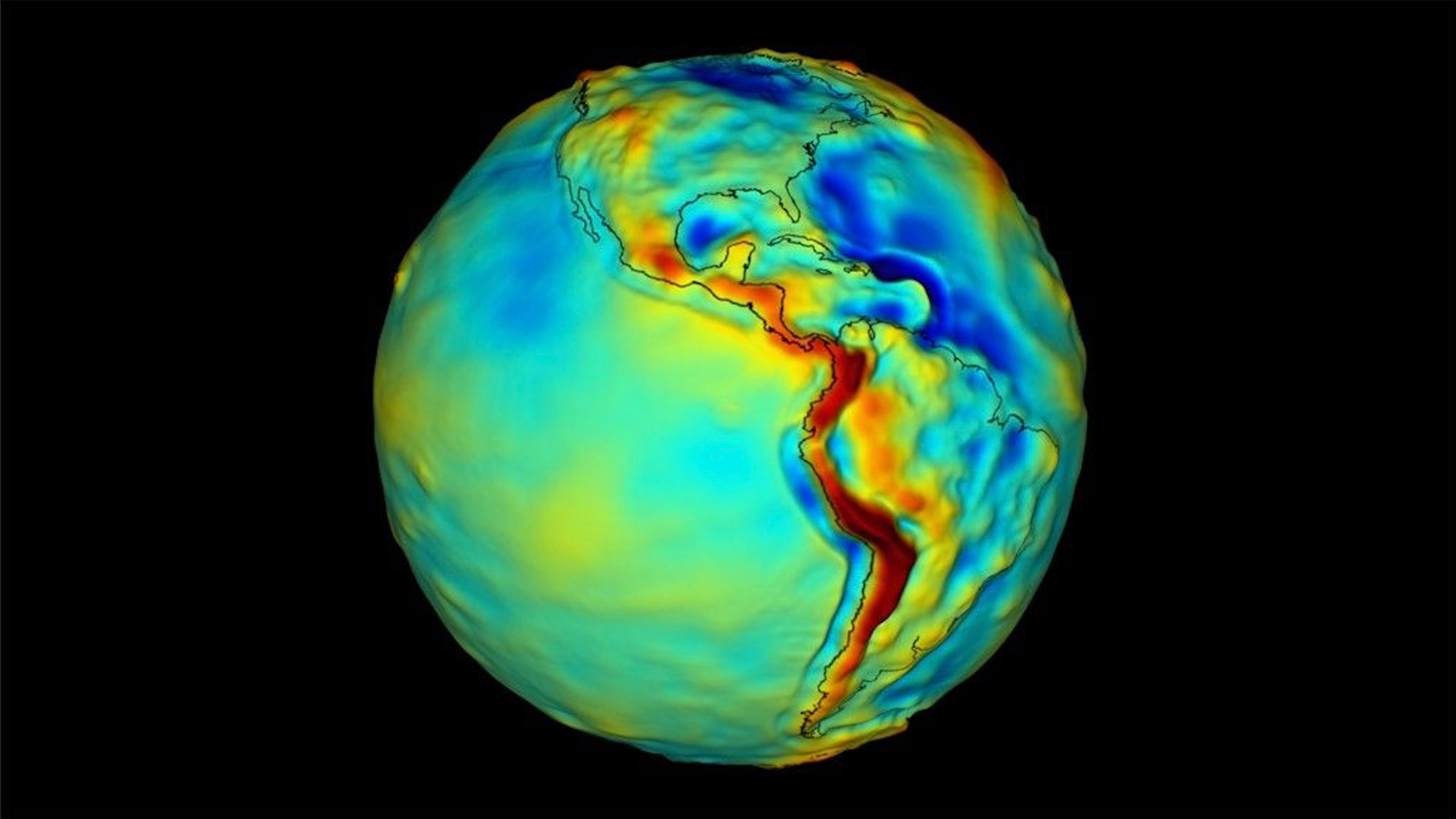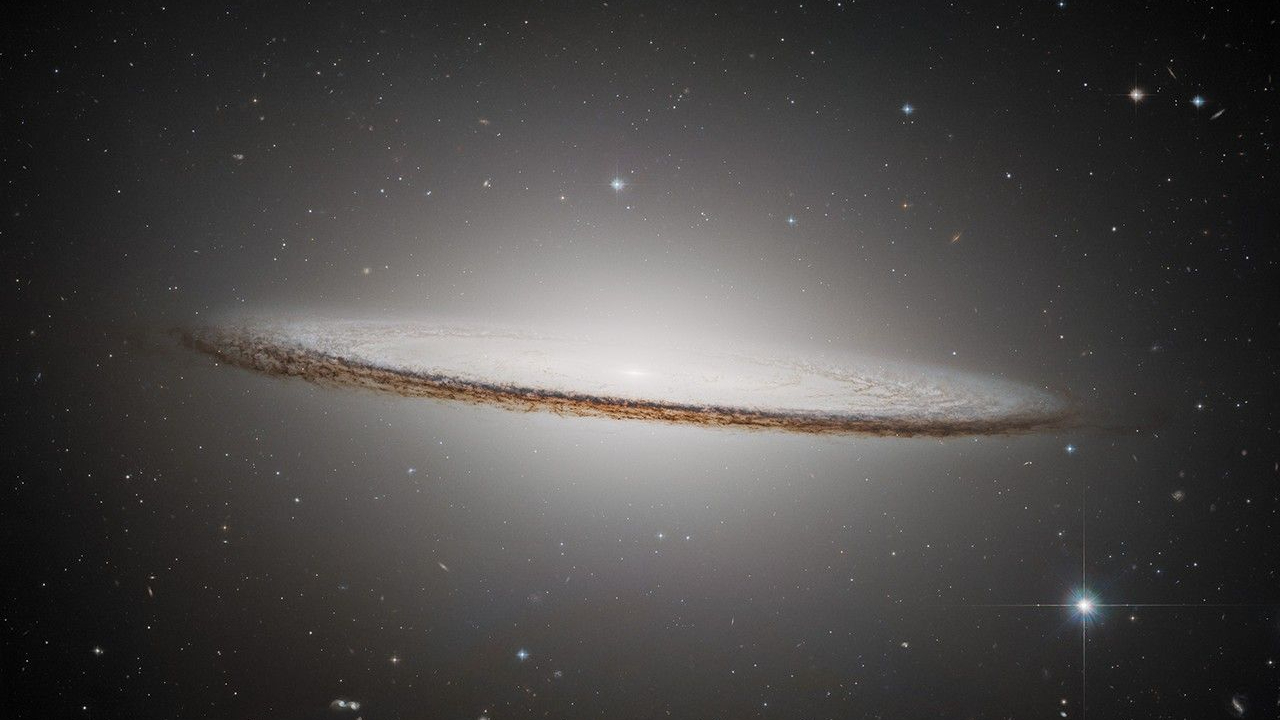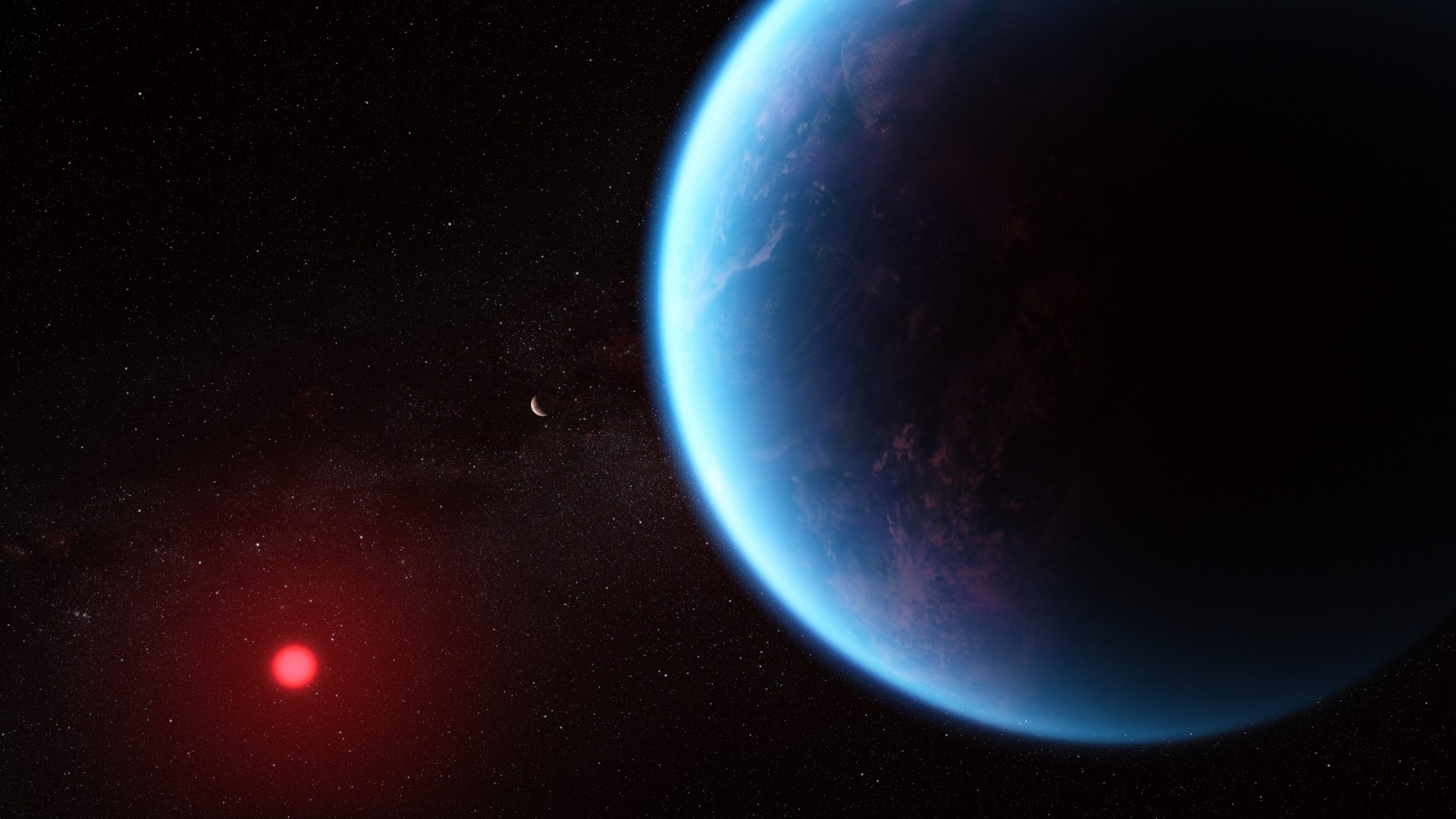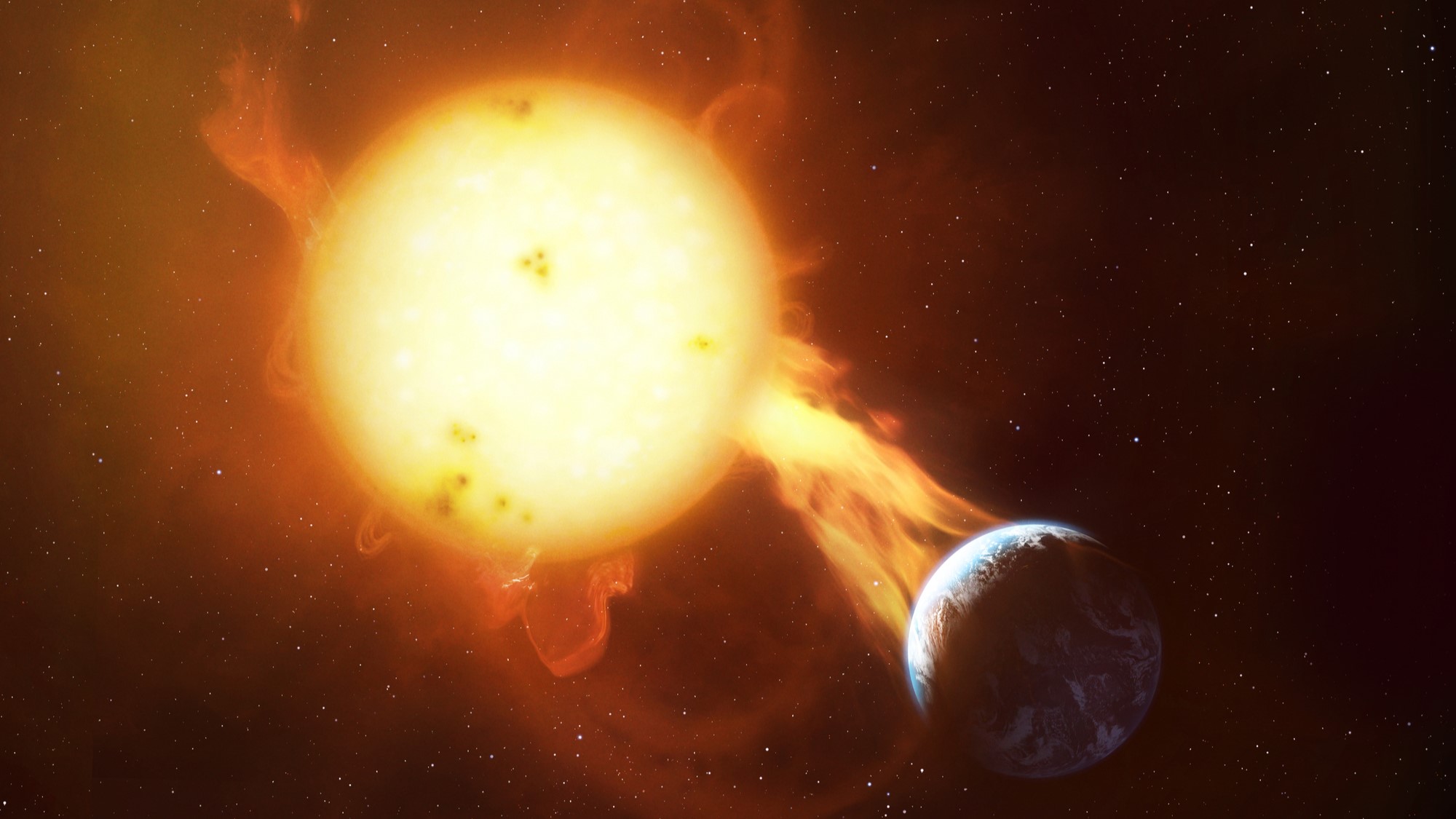Weird 'Snakeskin' on Pluto Actually Similar to Features on Earth
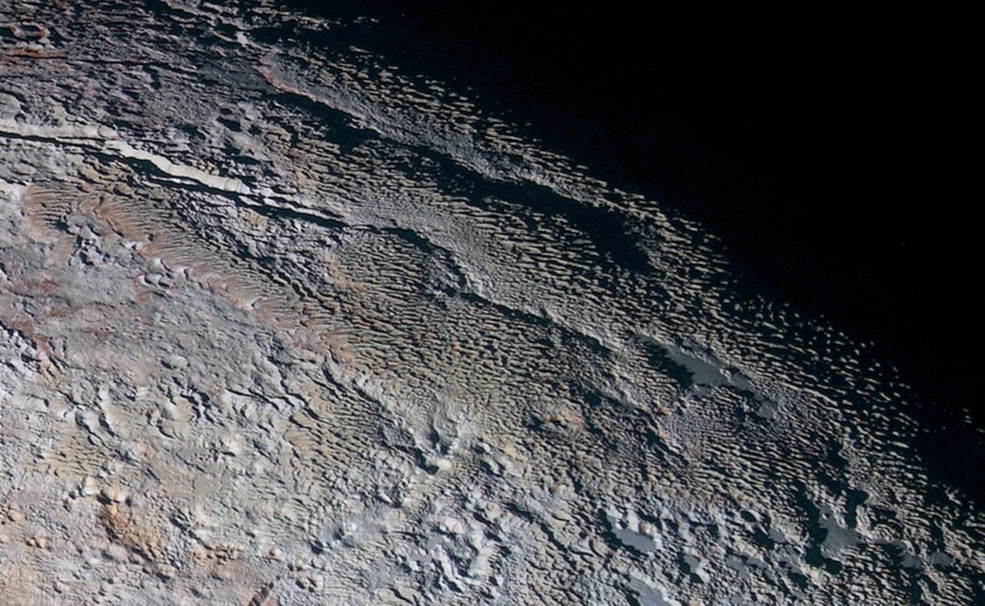
Pluto's strange "snakeskin" terrain has an Earthly counterpart, a new study suggests.
The "scales" of this alien landscape, which were first spotted by NASA's New Horizons spacecraft during its epic Pluto flyby in July 2015, are ice ridges 1,650 feet (500 meters) or so tall. But they're very similar to erosion-formed features known as "penitentes," which rise just a few meters above the ground in cold, mountainous regions of Earth, the scientists said in the study.
"This gargantuan size is predicted by the same theory that explains the formation of these features on Earth," study lead author John Moores, of York University in Toronto, said in a statement. "In fact, we were able to match the size and separation, the direction of the ridges, as well as their age — three pieces of evidence that support our identification of these ridges as penitentes." [Amazing Pluto Photos by New Horizons]
The penitentes of Pluto and Earth differ in both composition and size: Earth's are made of snow or water ice, whereas Pluto's ridges are mostly methane and nitrogen ices, the researchers said.
Moores and his colleagues used computer simulations to model the growth of penitente-like features in Pluto's unique environment. Their results suggest that, although these ice ridges are currently known to exist only on Earth and Pluto, they may also be on other solar system bodies with the right conditions — for example, low temperatures and the presence of an atmosphere.
The new study, which was published this week in the journal Nature, also indicates that Pluto's penitentes probably formed within the past few tens of millions of years, the researchers said. (These features were so named because arrays of them look like groups of people on their knees, doing penance for their sins.)
New Horizons got within 7,800 miles (12,550 kilometers) of Pluto on July 14, 2015, giving humanity its first up-close looks at the faraway dwarf planet. The spacecraft is now cruising toward a Jan. 1, 2019, close encounter with a small object called 2014 MU69, which lies about 1 billion miles (1.6 billion km) beyond Pluto.
Get the Space.com Newsletter
Breaking space news, the latest updates on rocket launches, skywatching events and more!
Follow Mike Wall on Twitter @michaeldwall and Google+. Follow us @Spacedotcom, Facebook or Google+. Originally published on Space.com.
Join our Space Forums to keep talking space on the latest missions, night sky and more! And if you have a news tip, correction or comment, let us know at: community@space.com.

Michael Wall is a Senior Space Writer with Space.com and joined the team in 2010. He primarily covers exoplanets, spaceflight and military space, but has been known to dabble in the space art beat. His book about the search for alien life, "Out There," was published on Nov. 13, 2018. Before becoming a science writer, Michael worked as a herpetologist and wildlife biologist. He has a Ph.D. in evolutionary biology from the University of Sydney, Australia, a bachelor's degree from the University of Arizona, and a graduate certificate in science writing from the University of California, Santa Cruz. To find out what his latest project is, you can follow Michael on Twitter.
